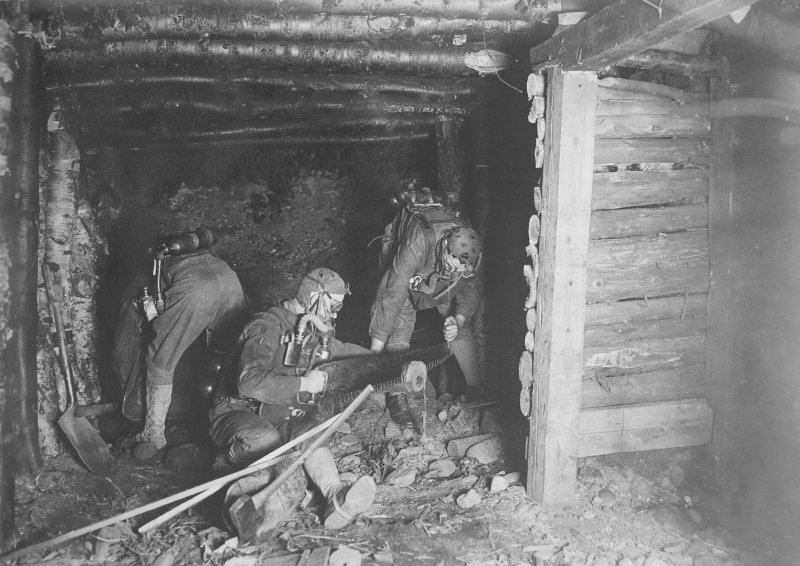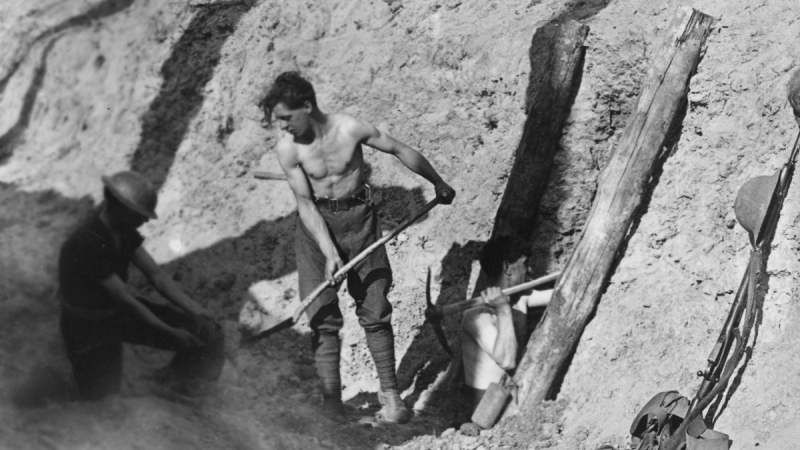Mining Operations Were Methods To Destroy Enemy Trenches
In September 1915, as trench warfare became the norm on the Western Front, Brigadier George Fowke, the British Expeditionary Force's Engineer-in-Chief, recommended a deep mining operation. Fowke had envisioned galleries stretching as far as Grand Bois and Bon Fermier Cabaret on Messines' outskirts, but the longest tunnel was a 660 m (720 yd) gallery to Kruisstraat. Although Fowke and his deputy, Colonel R. N. Harvey had already begun the preliminary work, the design devised by Fowke was formally accepted on 6 January 1916. Several deep mine shafts, dubbed "deep wells," and six tunnels had been started by January. Mining was challenging due to the complex subsurface conditions and distinct ground water levels. Two military geologists, including Edgeworth David, who planned the mine system, assisted the miners in March to overcome the technical challenges.
As a result, a crew of miners built tunnels up to 100 feet below in complete secrecy to plant and detonate mines beneath the enemy's trenches. For months, the miners battled carbon monoxide, tunnel collapse, water, and other hazards, as well as German tunnel diggers who had begun their own mining operations.












